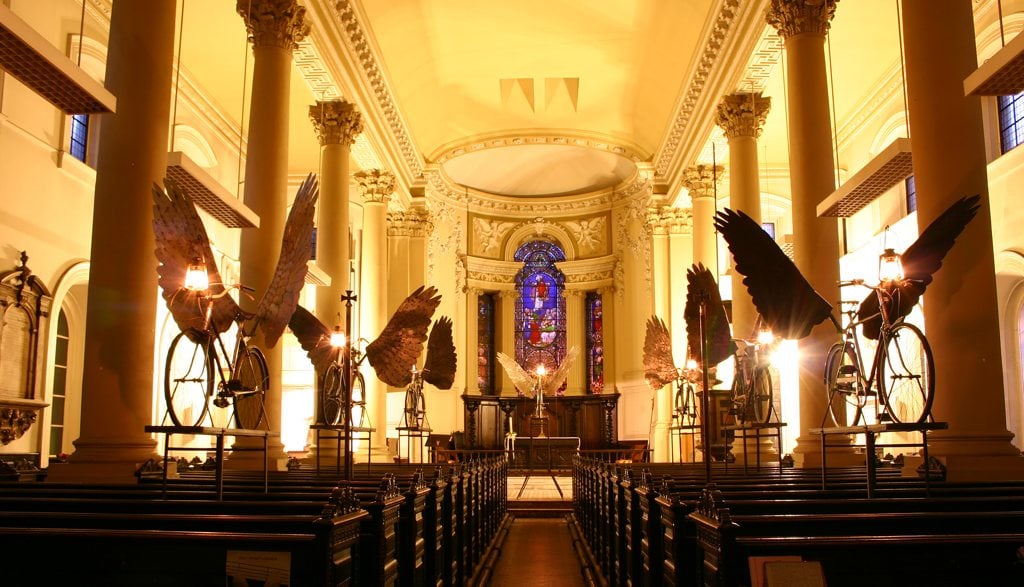
The Left Bank Leeds Art Prize exhibition opening event, showing the work of 38 artists in a Grade II* listed former church building, is on 17th July at 6pm, and the exhibition is open every day from 10am-5pm from the 17th to 20th July.
Five of the exhibiting artists have been shortlisted for the £500 Left Bank Leeds Art Prize, awarded by a public vote taken during the exhibition. The shortlisted artists (and their Instagram profiles) are:
Katy Bentham / @katy_bentham
Arit Emmanuela Etukudo / @arit_emmanuela
Sarah Louise Hawkins / @sarahlouise_hawkins
David Sowerby / @davidsworldtoday
Leon G Varga / @varga_leon
Left Bank’s mission statement includes its aims ‘to promote creativity, connection and well-being … to inspire and empower our community’, and this year’s exhibition invited works on the theme of ‘connection’. At The State of The Arts, we’ve asked each of the shortlisted artists a few questions, inviting them to tell us more about their work by using the themes of creativity, connection, well-being, inspiration, empowerment and community.
Below are the thoughts of Leon G Varga, whose work can be found online here.
Our other artist interviews are here.
What were the first artworks or artists that connected you to art, and inspired you to become an artist?
I was 12 years old when on a very snowy December I got stuck in the castle district gallery in Buda, I wandered in to a very poorly lit gallery room and was confronted with the most mesmerizingly beautiful series of paintings I have ever seen. I stayed in the room for 3 hours, completely hypnotized, and promised myself that I would learn how to paint like this man. The name of the painter was László Mednyánszky, Hungarian painter/philosopher, one of the most enigmatic figures in the history of Hungarian art. Despite an aristocratic background, he spent most of his life moving around Europe working as an artist. Mednyánszky spent considerable periods in seclusion but mingled with people across society — the aristocracy, art world, peasantry and army — many of whom became the subjects of his paintings. His most important works depict scenes of nature and poor working class people, particularly from his home region in Hungary.
What influences or inspires the work you’re making now?
I am particularly interested in media such as photography, film, painting and sculptural practice in general terms, both analogous and digital devices designed from the production of images. I am also interested in the inner technical process of these media, how they intersect with culture; its displacements and developments and possible pretexts for its interpretation and cultural diagnosis. Regarding the theoretical aspects, I am interested in the analysis of the resonances generated by the technique itself, particularly in the field of visual culture, and the production of images and from the perspective of cultural studies (gender, race, class, language etc.). In this sense I believe that ‘hybrid technologies’ open the way to an approach toward ‘public space’ as a ‘new agora’ in which global and multicultural issues affecting our society could be discussed.
Can you share any examples of people telling you about a connection or response they’ve experienced to your work? What connections are you seeking?
Cuts and Blocks, a large scale portrait installation, was essentially created to explore the fundamental questions of social identity.
The idea started with a simple question ‘Can any portrait taken in a fraction of a second do justice to the complexity of its human subject?’
While I was working on the series I constantly observed and analysed this one single question and found that the expressivity and mutability of a portrait subject lies at the heart of the exchange between me and the sitter. The sense of fragility and mortality of my chosen medium is apparent in every scar and cut on the blocks; such elements remind us of the sensitivity of our skin, receptive and responsive to elements and the passing of time, just like the human face.
Life in Britain at the moment is being subjected to Brexit, austerity, inequality, and increasing political and social extremism. Is this affecting your work as an artist on a practical level, in terms of being able to make work and exhibit, and do you have any advice or examples to help or inspire other aspiring or working artists?
I was born in in Budapest Hungary, which implies Eastern European contradictions. I belong to a working class, atheist background, at all times marked by an internal Diaspora, and this fact made it difficult for me to feel really rooted, and involved in traditions or moral practices ordered by cultural expectations. For that reason, I grew up under the spell of Goulash Socialism; and I believe the ‘visual’ (as an experience) has been a crucial part of my upbringing.
In a time in which ‘Visual culture’ is a token, and images are so important, I think it is essential to explore this symbolic production. My main interest is centred on those products of the Visual of cultural imagery from photography to traditional fine art creation such as painting, and sculptural approaches, video and multimedia as they intertwine with the visual production of what is still considered ‘Eastern European culture and Western culture’. I am interested in the analysis of the different expectations of visual products from the perspective of gender, religion, class and other practices at work in the global stage. I want to investigate in depth informational hybrid culture to disclose how it determines cultural paradigms in post-socialist and in western societies, and in some regions within the global territories of culture that still differ from each other.
If you could nominate any other currently working artists you know or like for a prize, who would they be?
Josef Gaal, painter.

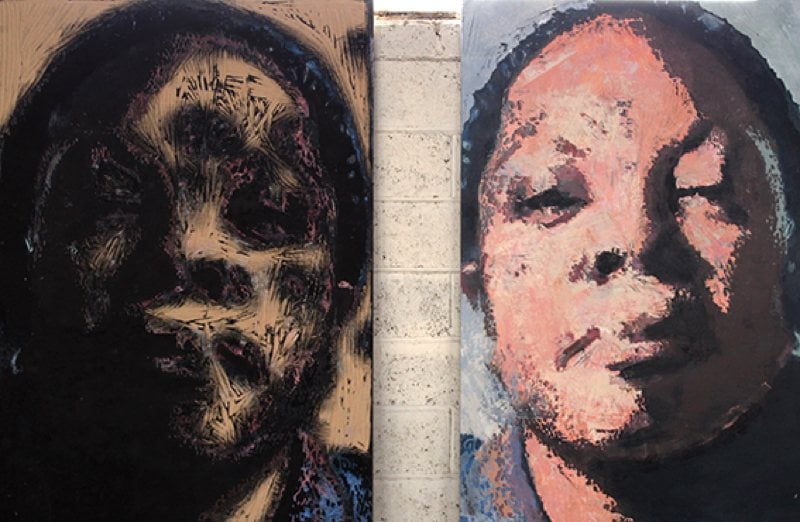

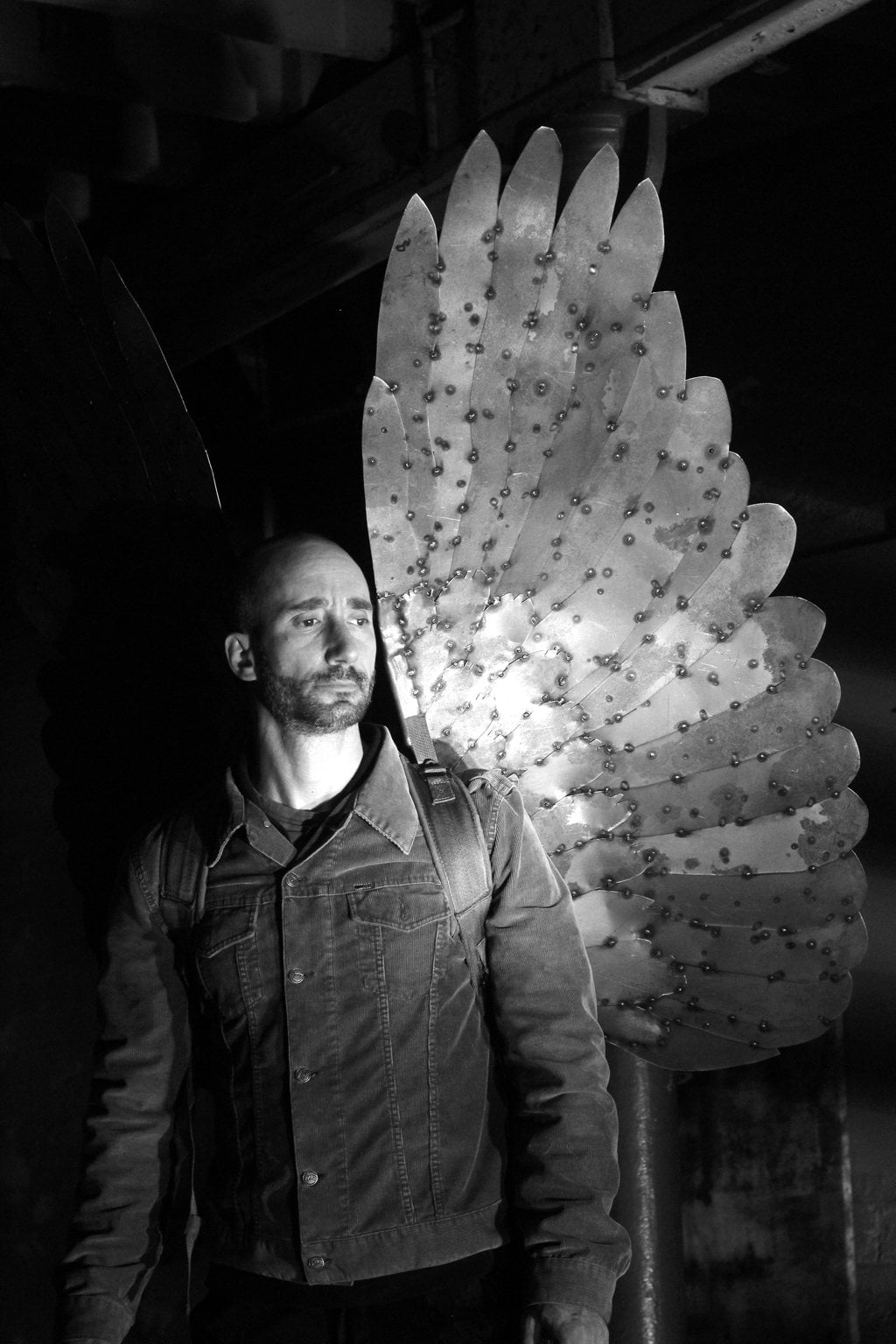
Filed under: Art & Photography
Tagged with: art, Left Bank Leeds, Left Bank Leeds Art Prize, Left Bank Leeds Art Prize 2019, Leon G Varga
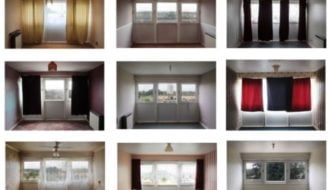

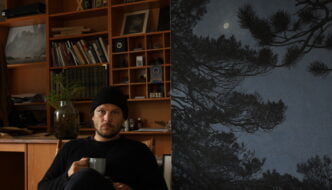
Comments